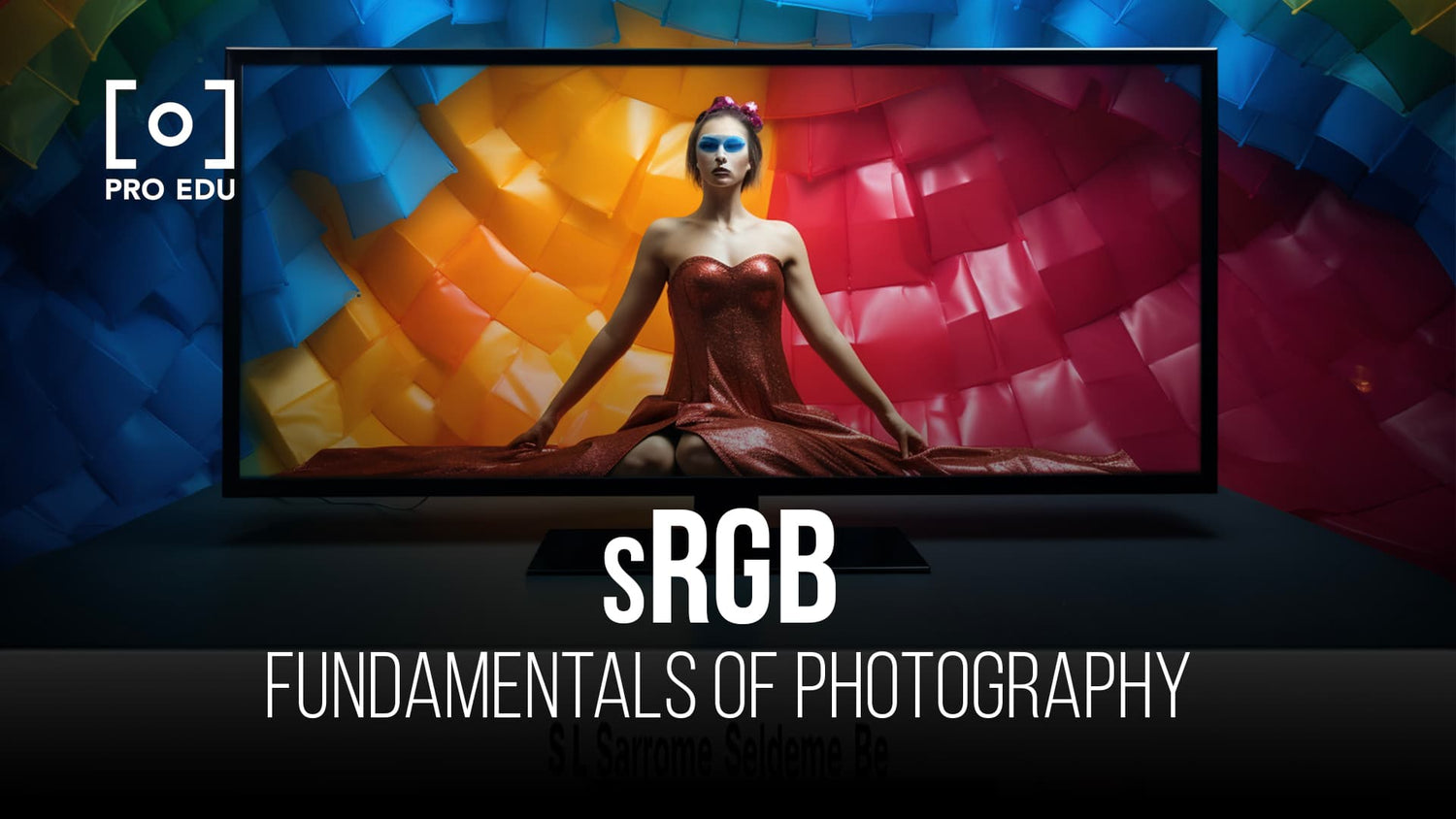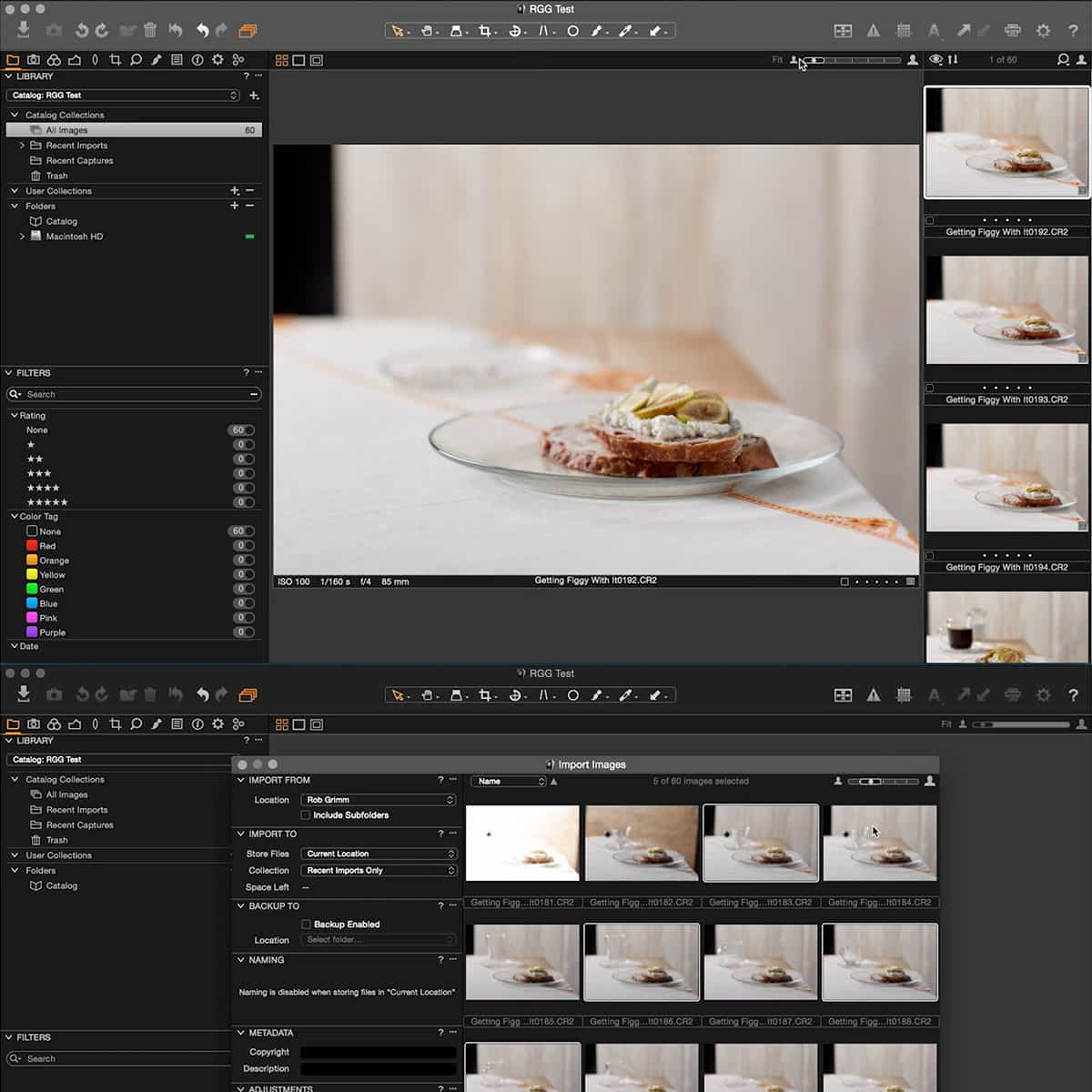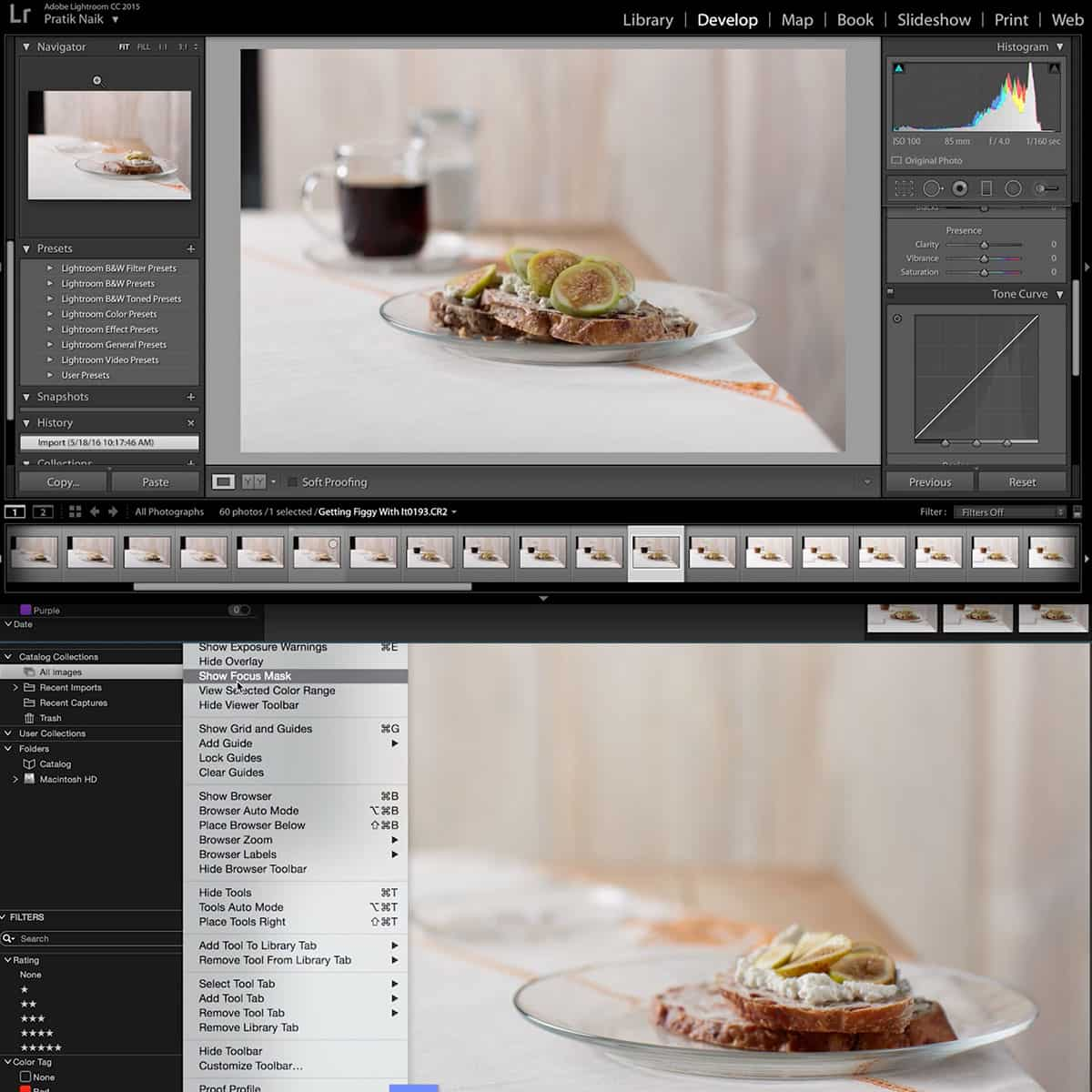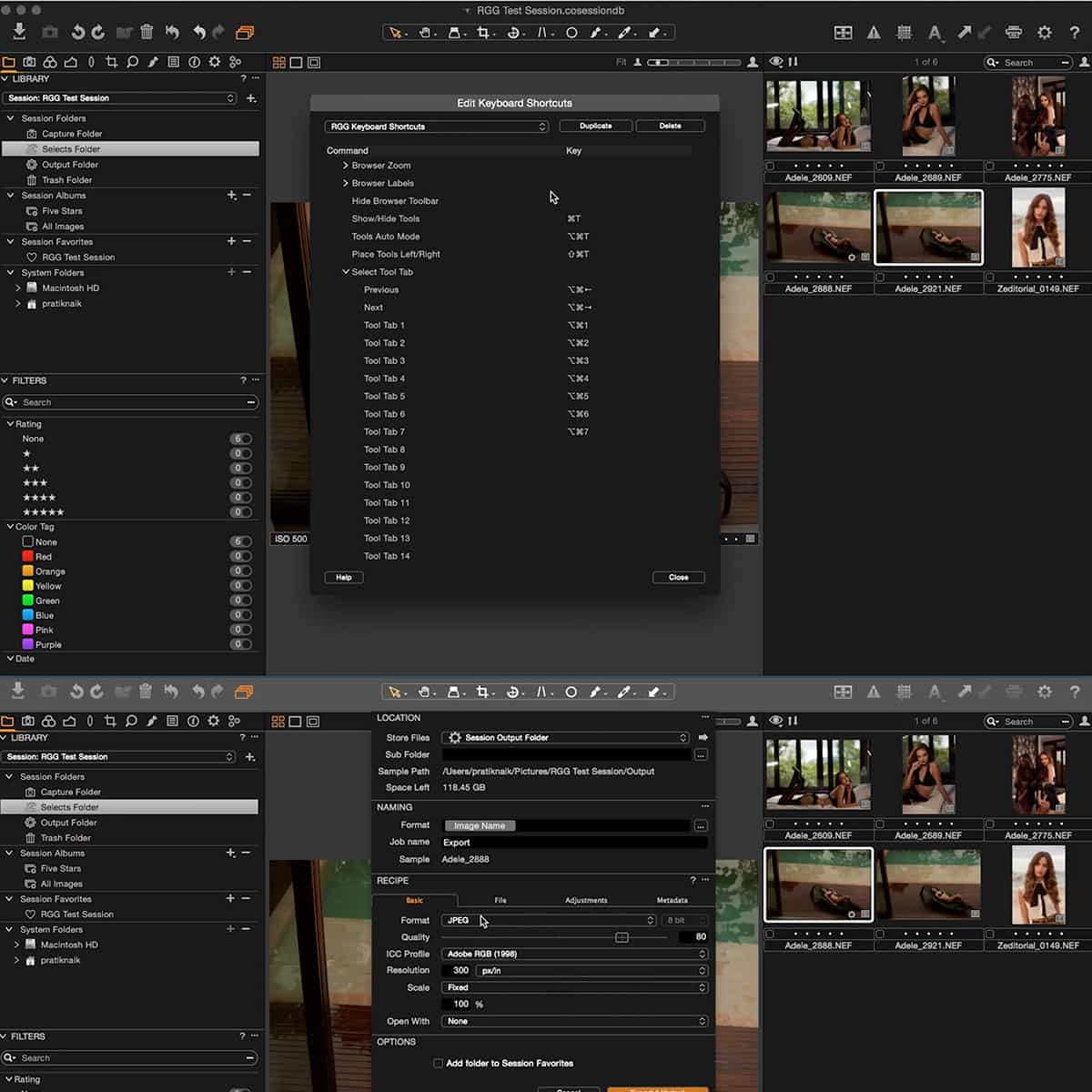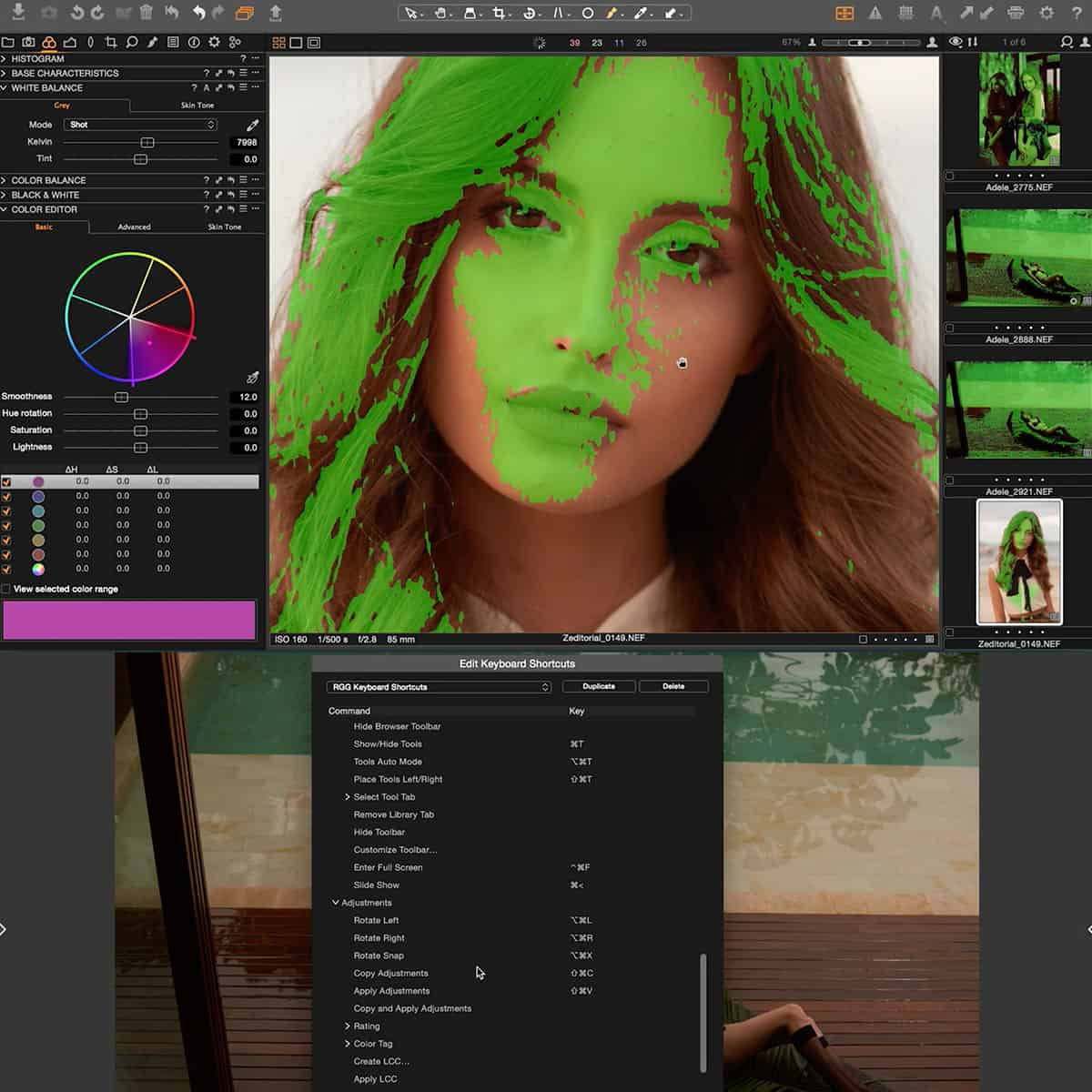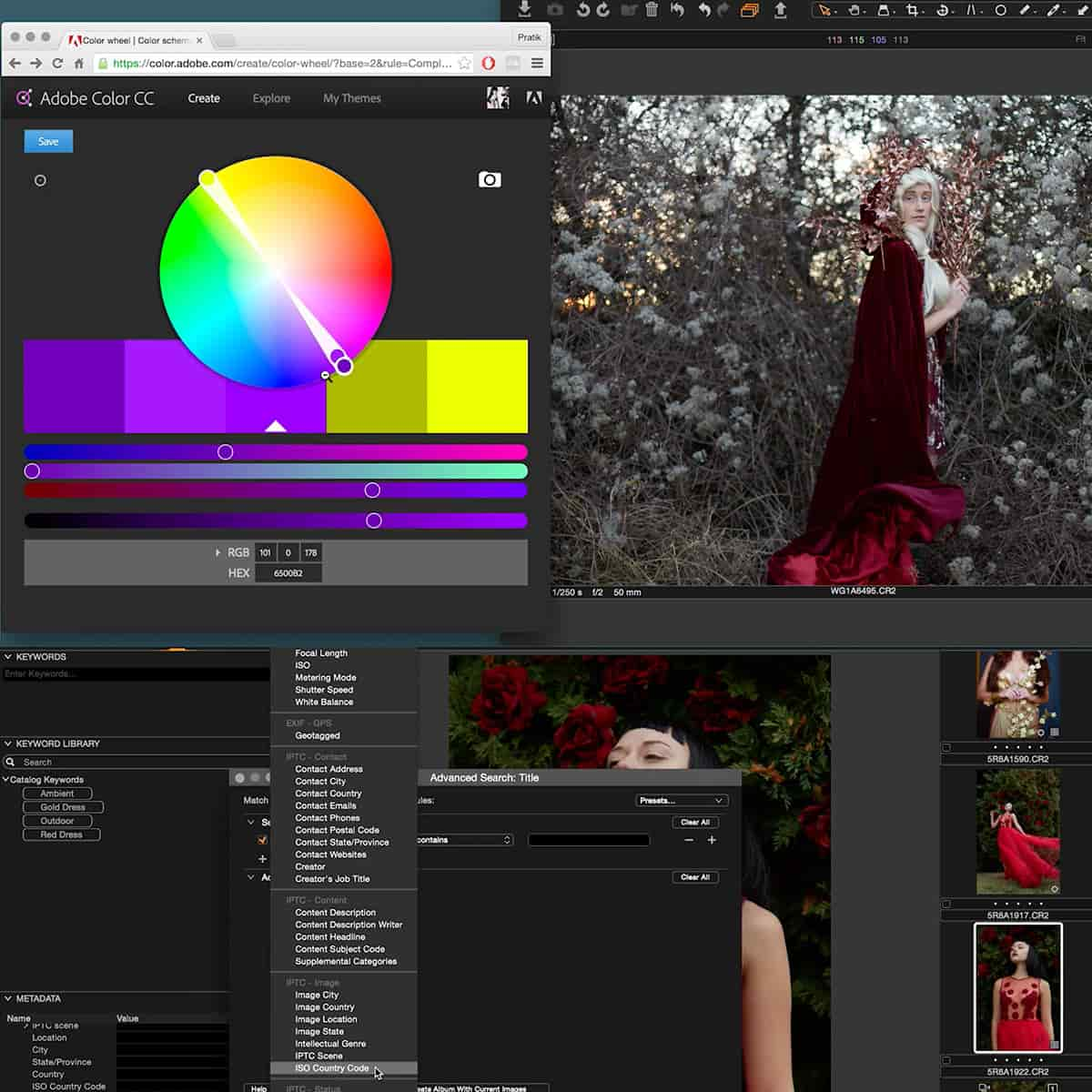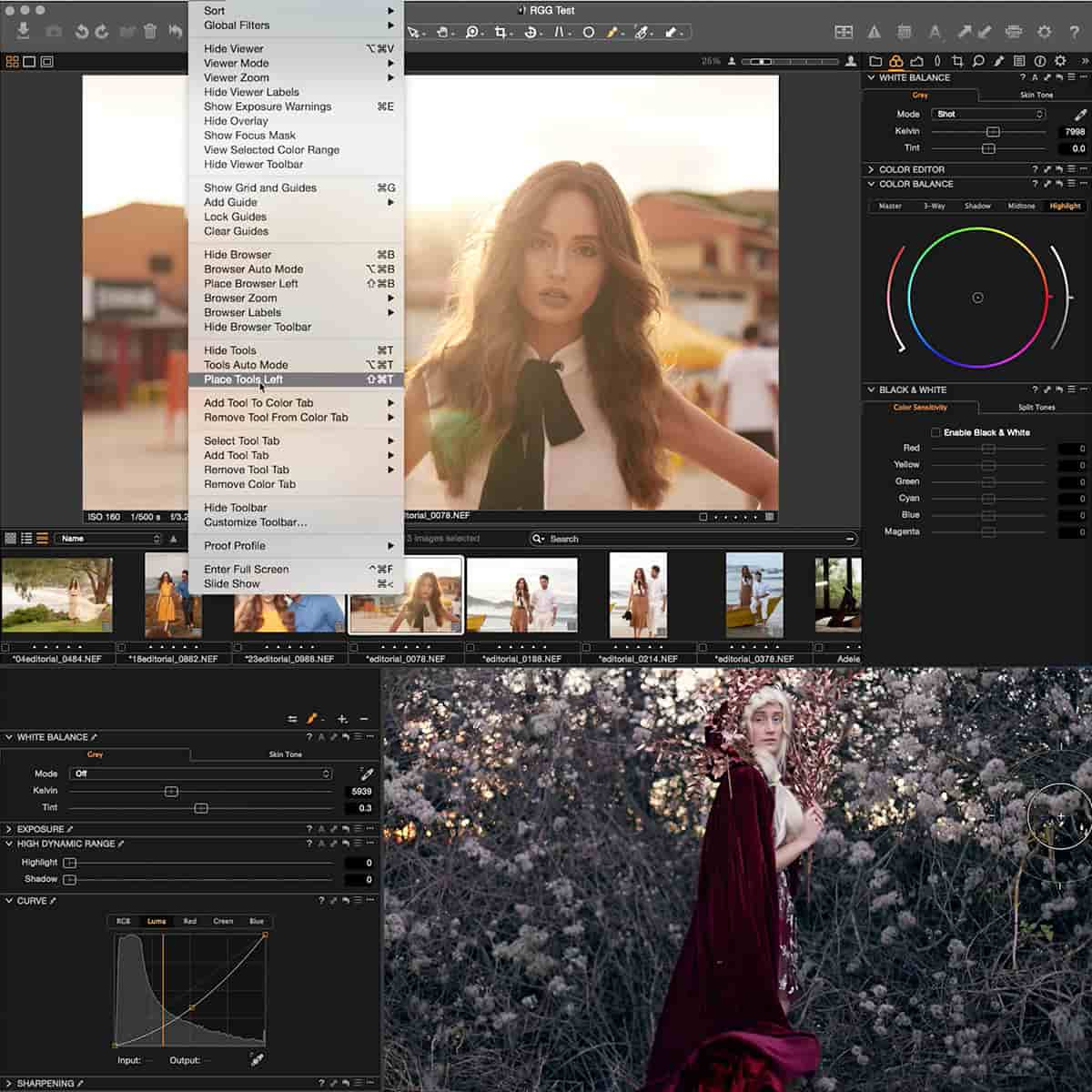Understanding sRGB: Essential Guide to Photography's Color Space
In the world of photography, color space plays a crucial role in ensuring accurate and consistent color reproduction. sRGB, or standard RGB, is the most widely used color space for photographers. It provides a standardized way to define color information, ensuring that colors are displayed consistently across different devices, such as monitors, printers, and cameras.
The sRGB color space was designed to encompass the majority of colors that can be displayed on a typical monitor, making it an ideal choice for photographers who want to share their work online or in print. It is also well-suited for image editing and post-processing, as most software and devices default to sRGB. However, it is essential to be aware of its limitations, such as a smaller color gamut compared to other color spaces like Adobe RGB or ProPhoto RGB.
Key Takeaways
- sRGB is the standard color space for photography, ensuring consistent color reproduction across devices.
- This color space is ideal for sharing work online and in print, as well as for image editing and post-processing.
- Be aware of sRGB's limitations, particularly its smaller color gamut compared to other color spaces.
The Basics of sRGB
sRGB stands for Standard Red Green Blue and is a widely-used color space created by HP and Microsoft in 1996. It is designed to provide consistency across various display devices and the internet. In the world of photography, understanding sRGB is essential because this color space forms the basis for accurately representing and reproducing colors in digital images.
When capturing an image, color spaces come into play as the camera translates the colors of the scene into its native language, called a color model. The color model works like a map, determining the range or color gamut that the camera can capture and reproduce. In the case of sRGB, this color gamut is limited, but it provides a reliable standard for most display devices and printers.
It is important to note that sRGB is an RGB color space. The term RGB refers to the primary colors of light: red, green, and blue, which are combined in various ways to create a wide range of colors. As a result, sRGB uses the RGB color model to define its range of colors. The primary advantage of the RGB model is that it can closely mimic the way humans perceive color by closely representing the colors detected by the three types of color-sensitive cones in our eyes.
Comparison of sRGB with Other Color Spaces
When talking about color spaces in digital photography, we often mention sRGB, Adobe RGB, and ProPhoto RGB as the most common choices. Let's briefly compare these color spaces to each other and to the popular print color space, CMYK.
sRGB is the most widely used color space and is considered the standard for web and most devices. It has a smaller color gamut compared to Adobe RGB and ProPhoto RGB, but it's suitable for most everyday photography needs. The colors in sRGB are consistent across different screens and devices, making it convenient and reliable when sharing photos electronically.
In contrast, Adobe RGB has a larger color gamut than sRGB. This difference allows for a wider range of colors, making it particularly useful for images with vibrant and saturated colors. Overall, Adobe RGB is more suitable for professional photographers and designers who prioritize print quality and demand greater color accuracy.
ProPhoto RGB is another color space with an even larger gamut than Adobe RGB. It captures an extensive range of colors, allowing for greater flexibility when editing images in post-production. However, it's important to note that ProPhoto RGB's use should be balanced with caution, since it can lead to color shifts when images are not properly converted or displayed on standard devices.
Finally, the CMYK color space is typically used for print purposes. It is based on a subtractive color model, different from the additive color model of RGB spaces. Although CMYK is not commonly used in photography, understanding its limitations and characteristics is essential when preparing images for high-quality printing.
In summary, each color space has its advantages and limitations, and selecting the right one depends on the specific needs and goals of the photographer.
sRGB in Different Devices
When using various devices such as monitors, cameras, and printers, it's important to understand how sRGB functions. As the standard color space for most digital devices, sRGB ensures consistent color reproduction across different platforms. In this section, we'll explore how sRGB is utilized in various devices.
Digital cameras capture and save images using sRGB by default. This color space enables consistent color rendering for photos captured on different camera models. You can usually switch to other color spaces like Adobe RGB, but for most photographers, sRGB is the preferred choice due to its compatibility with a broader range of devices.
Monitors use sRGB as their default color space which means that they display colors as intended for the vast majority of web-based images. Monitors can also be calibrated to other color spaces, but it is generally recommended to stick with sRGB to ensure accurate color representation when sharing or viewing images online.
Web browsers utilize sRGB to handle color management for images on the internet. This ensures a consistent viewing experience as images appear virtually the same across different browsers and devices. Since sRGB is the standard for web-based images, using this color space minimizes the chances of unexpected color shifts.
Printers output colors within a limited color space called the gamut. While printers cannot precisely replicate the entire sRGB color space, modern printers have significantly improved their color reproduction. By directly utilizing sRGB, some printers streamline the printing process and improve accuracy in the final output.
In summary, sRGB plays a crucial role in maintaining color consistency across various devices like cameras, monitors, web browsers, and printers. By understanding how sRGB functions in each device, we can ensure accurate and reliable color representation in our digital photography workflow.
sRGB in Image Editing and Post-Processing
When working with images in editing software such as Adobe Photoshop and Lightroom, it is important to understand the role sRGB plays in the process. As the standard color space for photography, it serves as a common ground for various devices, making it a reliable choice for color representation.
In terms of editing, we would recommend using sRGB for the majority of cases. However, some advanced photographers may prefer working with wider color spaces like Adobe RGB or ProPhoto RGB. Though, it is crucial to note that converting back to sRGB is necessary when exporting images for web display or most printing services.
While editing, it's vital to ensure proper color management. This involves implementing color correction techniques, making sure that the colors appear correctly on different devices. Tools like Curves, Levels, and Hue/Saturation adjustments play a key role in fine-tuning images in editing software.
Remember that for optimal results, it's essential to calibrate your monitor to accurately display sRGB colors. This will help ensure consistency across various devices and platforms. In Lightroom, you can easily convert images to sRGB during the exporting process, maintaining color fidelity when sharing your work online or with clients.
In conclusion, using sRGB during image editing and post-processing allows for a streamlined workflow and a reliable color representation. By understanding and incorporating this color space into your editing process, you can achieve high-quality results while maintaining compatibility across various devices and platforms.
sRGB in Printing and Online Publishing
When it comes to printing and online publishing, sRGB is considered the standard color space. This is because most devices, such as computer screens, printers, and web browsers, are designed to display and reproduce colors within the sRGB color space. By using sRGB, we can ensure consistent and accurate color representation across various platforms.
When exporting images for the internet or printing photos, it is essential to save them in the sRGB color space. Many image editing software, like Adobe Lightroom, allow users to convert images to sRGB before exporting, ensuring that the final JPEG is saved in sRGB. This helps guarantee that colors appear as intended, both online and in print.
Notably, sRGB is a smaller color space compared to other color profiles like Adobe RGB. Therefore, it provides fewer vibrant colors. However, for most applications, including web-based images and printing, sRGB is still widely used and considered suitable. Due to the smaller color gamut, it is not recommended to convert sRGB images to wider color spaces, such as Adobe RGB or ProPhoto RGB.
Limitations and Solutions of sRGB
sRGB is widely used as the standard color space for photography, but it has some limitations. The gamut of sRGB, while sufficient for most uses, may not cover the entire range of colors that can be perceived by the human eye. This means that it could limit the depth of saturation of specific colors in your images.
To address this, Adobe RGB and ProPhoto RGB are two alternative color spaces that offer larger gamuts. These color spaces allow for higher saturation and a wider range of colors, which can be especially beneficial when printing images. However, keep in mind that a larger gamut might not be necessary for every project, and using them can result in out-of-gamut colors when viewing your image on a display that's not capable of reproducing them.
When it comes to luminance, sRGB can sometimes struggle to represent the full range of brightness levels that our eyes can perceive. High Dynamic Range (HDR) imaging is a technique that addresses this limitation by combining multiple exposures to capture a wider range of brightness in a single image. HDR-capable devices, such as cameras, monitors, and televisions, generally use extended color spaces like DCI-P3 and Rec. 2020 to display the full range of colors and brightness levels.
In conclusion, while sRGB remains a popular choice, it's important to consider alternative color spaces and techniques based on your specific project requirements. By understanding the limitations and solutions associated with sRGB, we can make informed decisions to create photographs that accurately represent the colors and brightness levels we intend to capture.
Frequently Asked Questions
What are the advantages and disadvantages of sRGB in photography?
sRGB is the most widely used color space in digital photography and is suitable for a wide range of devices, including monitors and printers. It simplifies the workflow and ensures consistent color reproduction across different platforms. However, sRGB has a smaller color gamut than other color spaces like Adobe RGB, which may result in less vibrant colors in certain situations.
How does sRGB compare to other color spaces like Adobe RGB and DCI-P3 in image quality?
sRGB has a smaller color gamut compared to Adobe RGB and DCI-P3, meaning it can display fewer colors. Adobe RGB and DCI-P3, on the other hand, offer a larger color gamut, resulting in more vibrant and accurate colors, especially in images with a wide range of colors. However, not all devices can accurately display these larger color spaces, so using sRGB can ensure better consistency.
When should I use sRGB instead of Adobe RGB in photo editing?
You should generally use sRGB when sharing your images online or displaying them on consumer devices, as most screens utilize this color space by default. Additionally, if your final output is intended for printing with a standard inkjet printer, sRGB is often the preferred choice. However, if you're working with high-quality, professional print services or have a specific need for a wider color gamut, Adobe RGB may be a better fit for your photo editing needs.
How does sRGB affect the appearance of images on different devices?
Since sRGB is the standard color space used by most devices, using it ensures that your images appear consistent across various platforms, such as monitors, smartphones, tablets, and web browsers. However, it's worth noting that individual device characteristics can still lead to slight differences in color appearance. In general though, sRGB provides a more predictable look for your photos when displayed on different devices.
What is the impact of sRGB on image printing and reproducing colors?
When printing your images, using sRGB can help ensure that the printed colors closely match those seen on your screen. As sRGB is widely used in the photography industry, many printers are designed to work with this color space, leading to more accurate color reproduction. However, professional print services may offer support for wider color spaces such as Adobe RGB, which could yield even better results for certain images.
How can I make the best choice between sRGB and other color spaces for specific photography needs?
To choose the best color space for your photography needs, consider your end goals and the devices you will be using. If maintaining color consistency across various platforms and screens is your top priority, sRGB is usually the best choice. However, if you require a larger color gamut for professional printing or fine-art reproductions, other color spaces like Adobe RGB or DCI-P3 may better suit your needs.


